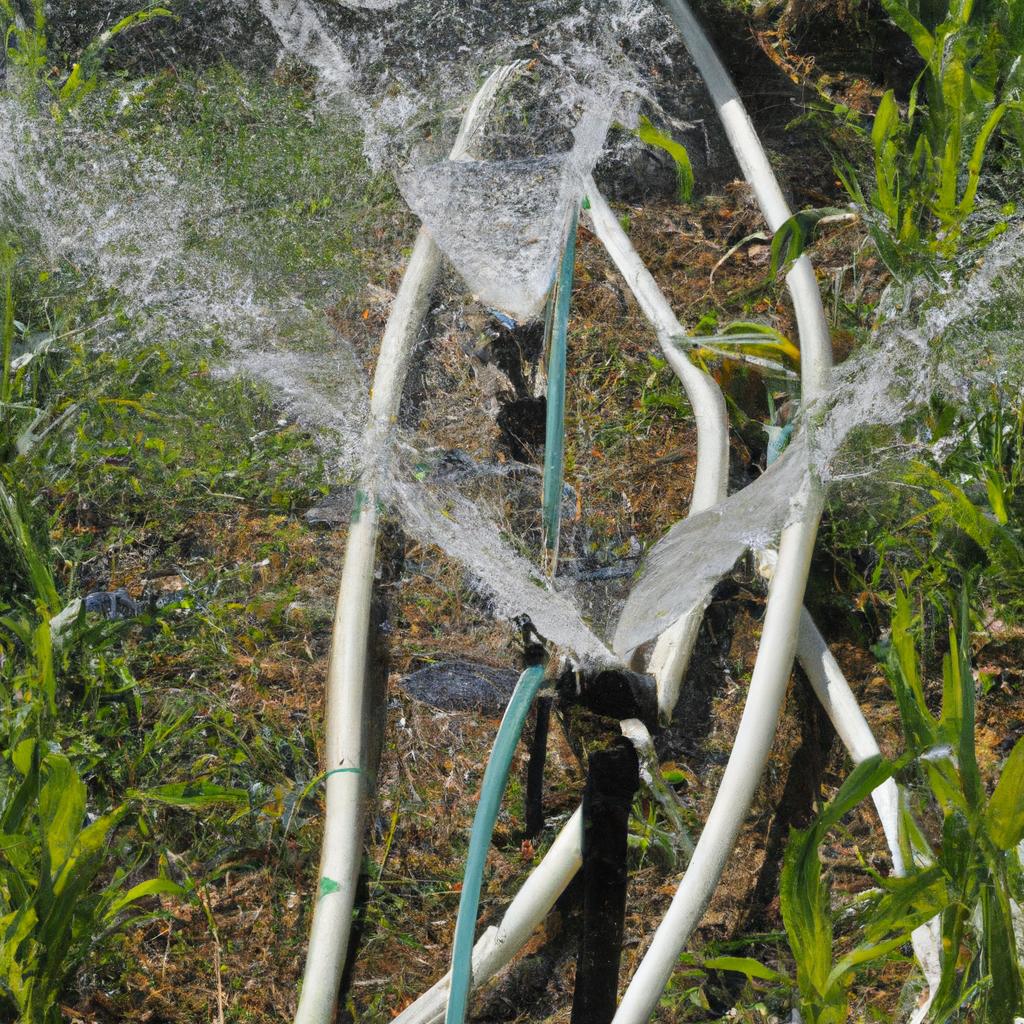If you’re an avid gardener, you understand the importance of regularly watering your plants. However, manually watering your garden can be tedious and time-consuming, especially if you have a large garden. This is where garden irrigation comes in. In this comprehensive guide, we’ll explore different types of garden irrigation systems, factors to consider when choosing a system, the benefits of garden irrigation, and how to install and maintain a garden irrigation system.
Types of Garden Irrigation Systems
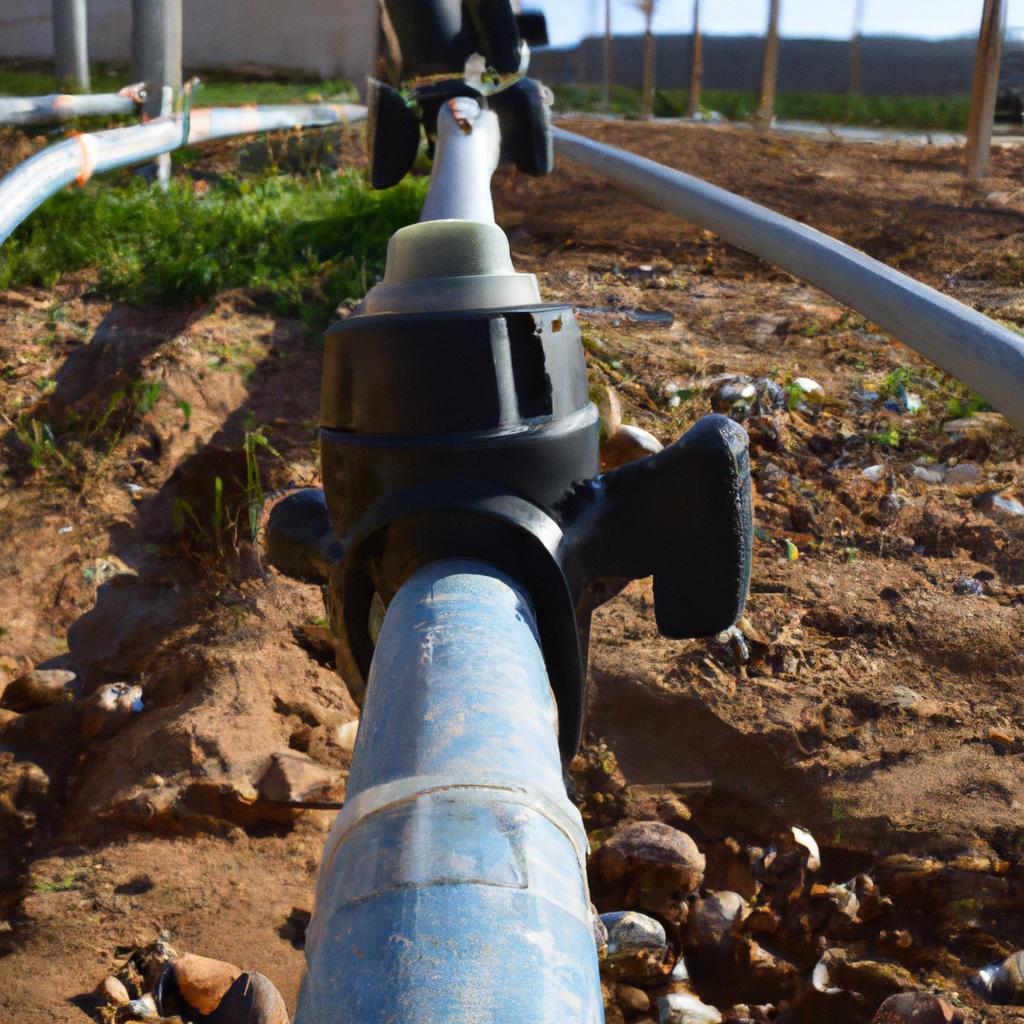
There are several types of garden irrigation systems available, each with its own advantages and disadvantages. Let’s take a look at the most common types:
Drip Irrigation
Drip irrigation is a system that delivers water directly to the roots of the plants through a network of tubes and emitters. This system is efficient and helps to conserve water since it delivers water only where it’s needed. It’s also easy to install and maintain, making it a popular choice for home gardeners.
Sprinkler Irrigation
Sprinkler irrigation is a system that uses sprinklers to distribute water over a large area. This system is ideal for gardens that have a large area to cover. However, it’s not very efficient as it can lead to water wastage due to evaporation and wind drift. It’s also more expensive to install and maintain compared to other systems.
Stay tuned for the next sections of this guide where we’ll explore other types of garden irrigation systems and the factors to consider when choosing a system.
Factors to Consider when Choosing a Garden Irrigation System
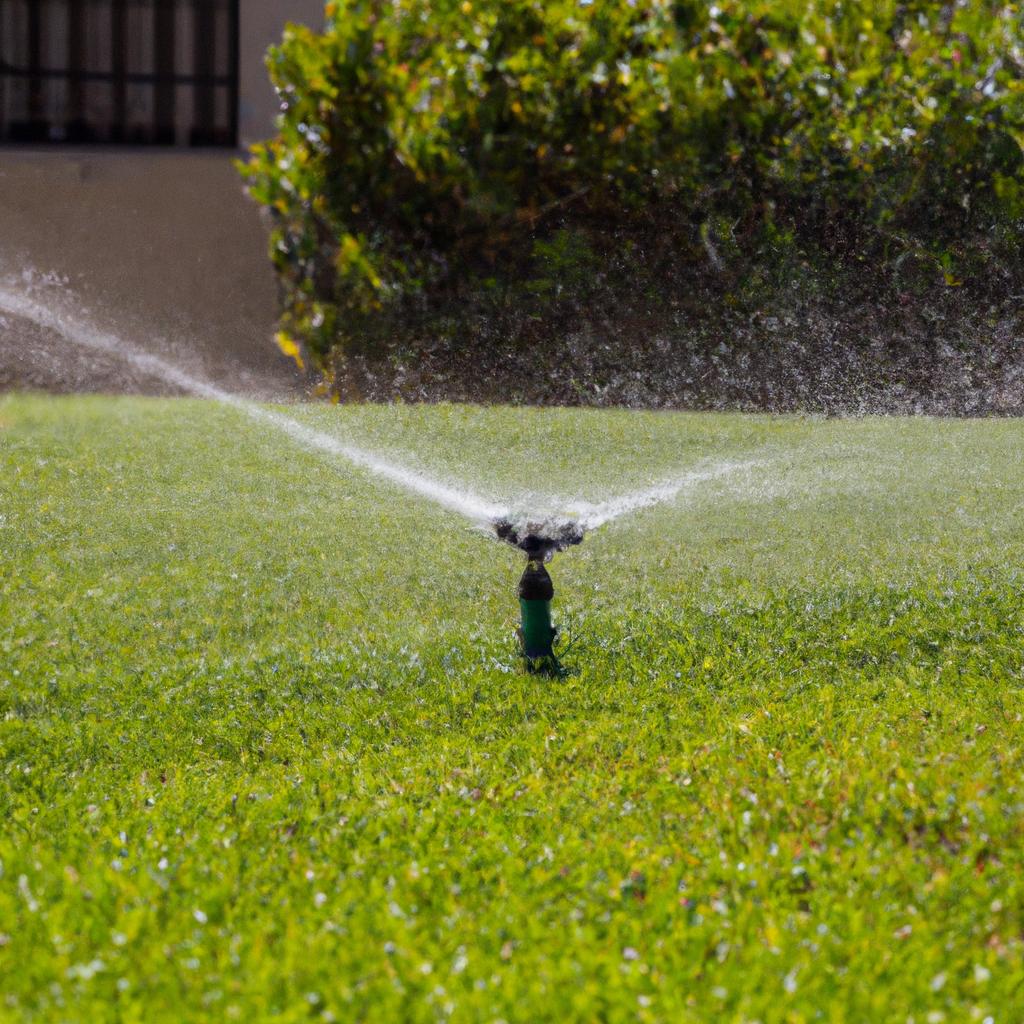
When choosing a garden irrigation system, there are several factors you need to consider to ensure you choose the right system for your garden. Some of the factors to consider include:
Type of Plants and Soil
Different plants have different water requirements, and their water needs can also vary depending on the type of soil they’re planted in. For example, plants that are planted in sandy soil will require more water compared to those planted in loamy soil. It’s essential to choose a system that can deliver the right amount of water to your plants depending on their water requirements and the type of soil they’re planted in.
Water Source and Pressure
The type of water source and pressure can also affect the performance of your garden irrigation system. It’s essential to choose a system that can work efficiently with the water source and pressure available in your area. If you have low water pressure, for example, you’ll need to choose a system that can work with low pressure.
Climate and Weather Patterns
The climate and weather patterns in your area can also affect the performance of your garden irrigation system. If you live in an area with high temperatures and little rainfall, you’ll need a system that can deliver more water to your plants to compensate for the lack of rainfall.
Budget and Maintenance
Your budget and maintenance requirements are also essential factors to consider when choosing a garden irrigation system. Some systems are more expensive to install and maintain compared to others, and it’s essential to choose a system that fits your budget and maintenance requirements.
Benefits of Garden Irrigation
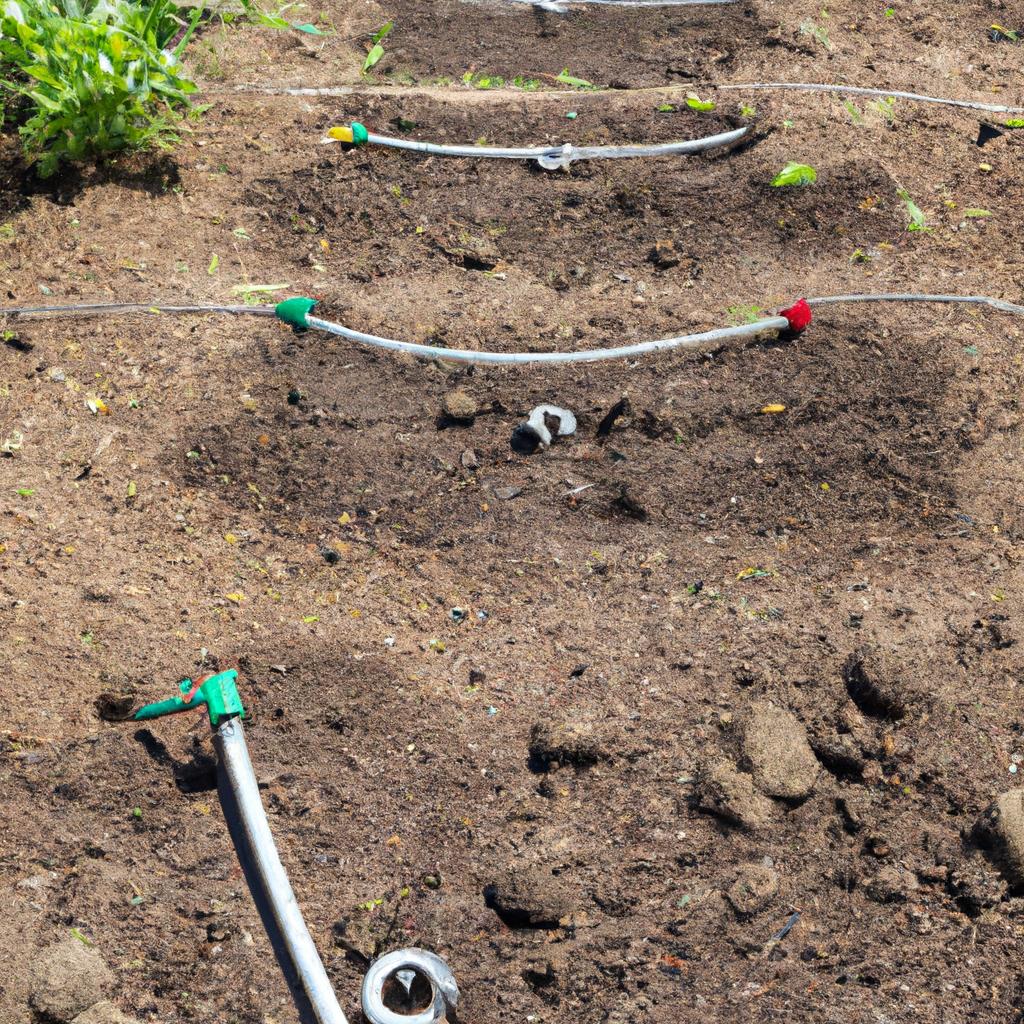
Garden irrigation offers several benefits to gardeners, including:
Conserves Water
Garden irrigation systems are designed to deliver water only where it’s needed, reducing water wastage and conserving water. This is especially important in areas with water scarcity or where water bills are high.
Saves Time and Energy
Manually watering your garden can be a time-consuming and tiring task, especially if you have a large garden. Garden irrigation systems can help you save time and energy by automating the watering process, allowing you to focus on other gardening tasks.
Promotes Plant Growth and Health
Proper watering is essential for the growth and health of your plants. Garden irrigation systems deliver water directly to the roots of the plants, ensuring that they receive the right amount of water to promote growth and health.
Reduces Weeds and Pests
Overhead watering can lead to the growth of weeds and pests in your garden. Garden irrigation systems deliver water directly to the roots of the plants, reducing the growth of weeds and pests in your garden.
Installation and Maintenance of Garden Irrigation Systems
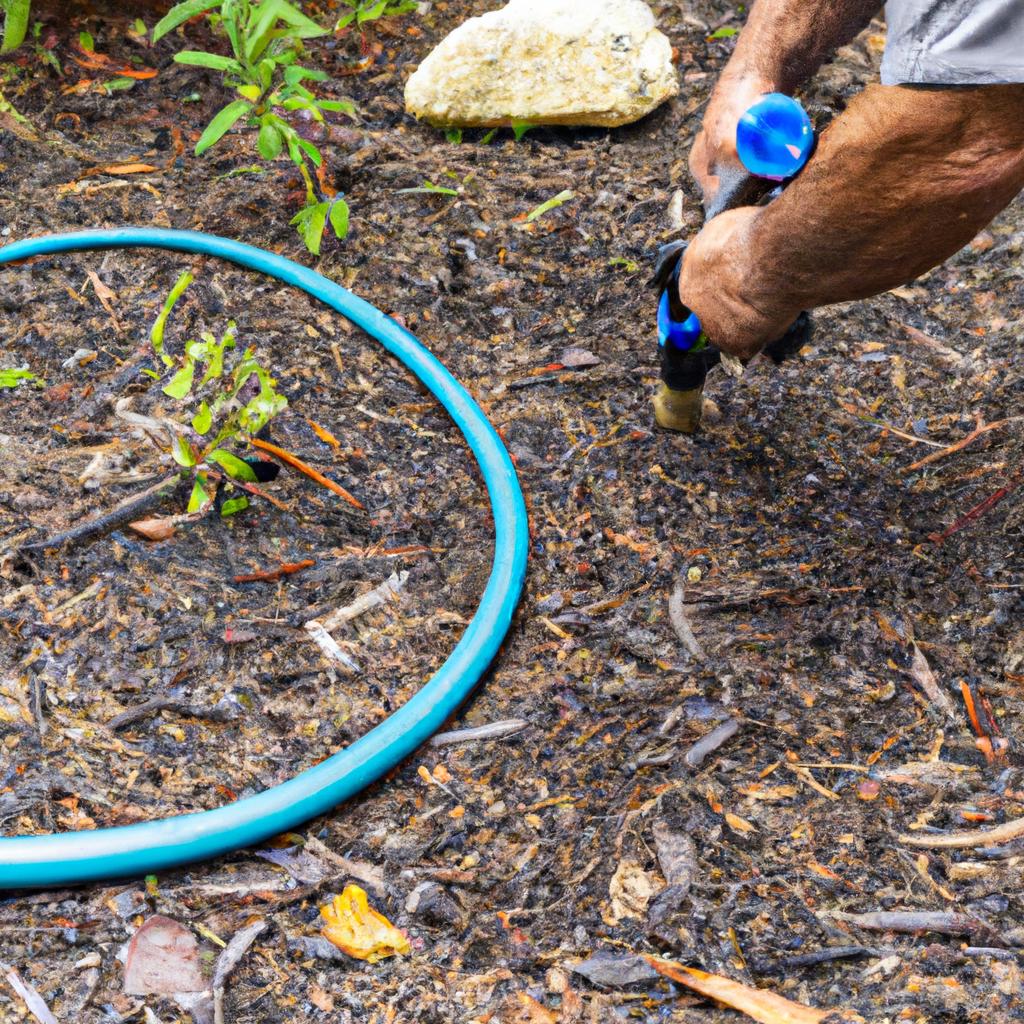
Installing a garden irrigation system may seem daunting, but it’s actually a straightforward process that can be done by any DIY enthusiast or professional landscaper. Here are the steps involved:
Site Preparation
Before installing the system, you need to prepare the site by removing any obstacles such as rocks, roots, and debris. You should also measure the area you want to irrigate and determine the water source and pressure.
System Design and Layout
The next step is to design the irrigation system layout, taking into account the type of plants you have, their water requirements, and the soil type. You’ll also need to decide on the type of irrigation system you want to install and the materials you’ll need.
Installation Process
Once you have the design and layout in place, you can start installing the irrigation system. This involves laying out the pipes, installing valves, and connecting the system to the water source. It’s important to follow the manufacturer’s instructions to ensure the system is installed correctly.
Maintenance Tips and Techniques
Maintaining your garden irrigation system is essential to ensure it works efficiently and lasts for a long time. Some maintenance tips include:
- Regularly checking the system for leaks, clogs, and damaged components
- Adjusting the watering schedule based on the weather and the plants’ needs
- Flushing the system with clean water to remove debris and prevent blockages
- Winterizing the system to prevent damage from freezing temperatures
Conclusion
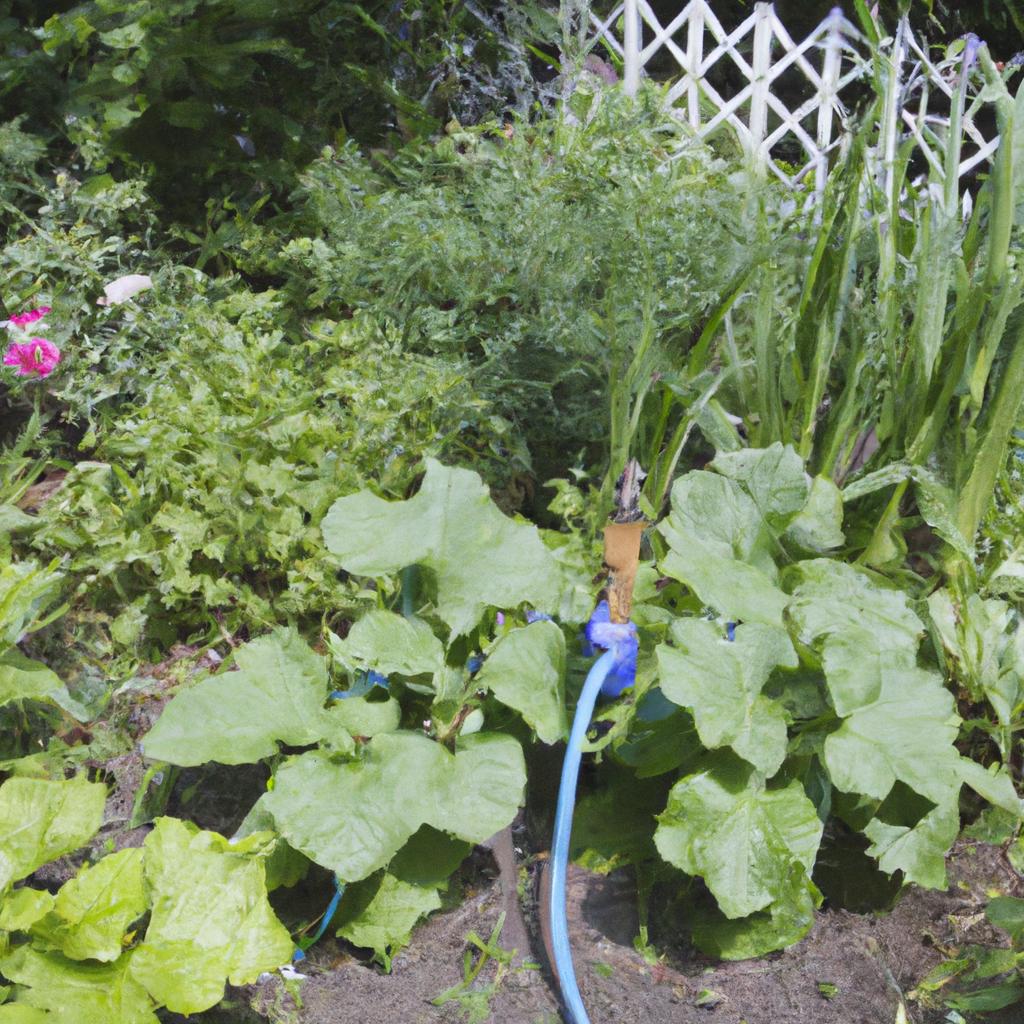
In conclusion, garden irrigation is an essential part of maintaining a healthy and thriving garden. By investing in an irrigation system, you can conserve water, save time and energy, and promote plant growth and health. Whether you choose a drip, sprinkler, surface, or subsurface irrigation system, it’s important to consider the factors involved in selecting and installing the system. With proper installation and maintenance, your garden irrigation system will provide years of efficient and effective watering. So, invest in a garden irrigation system today and experience the benefits of a beautiful and healthy garden with TooLacks.
